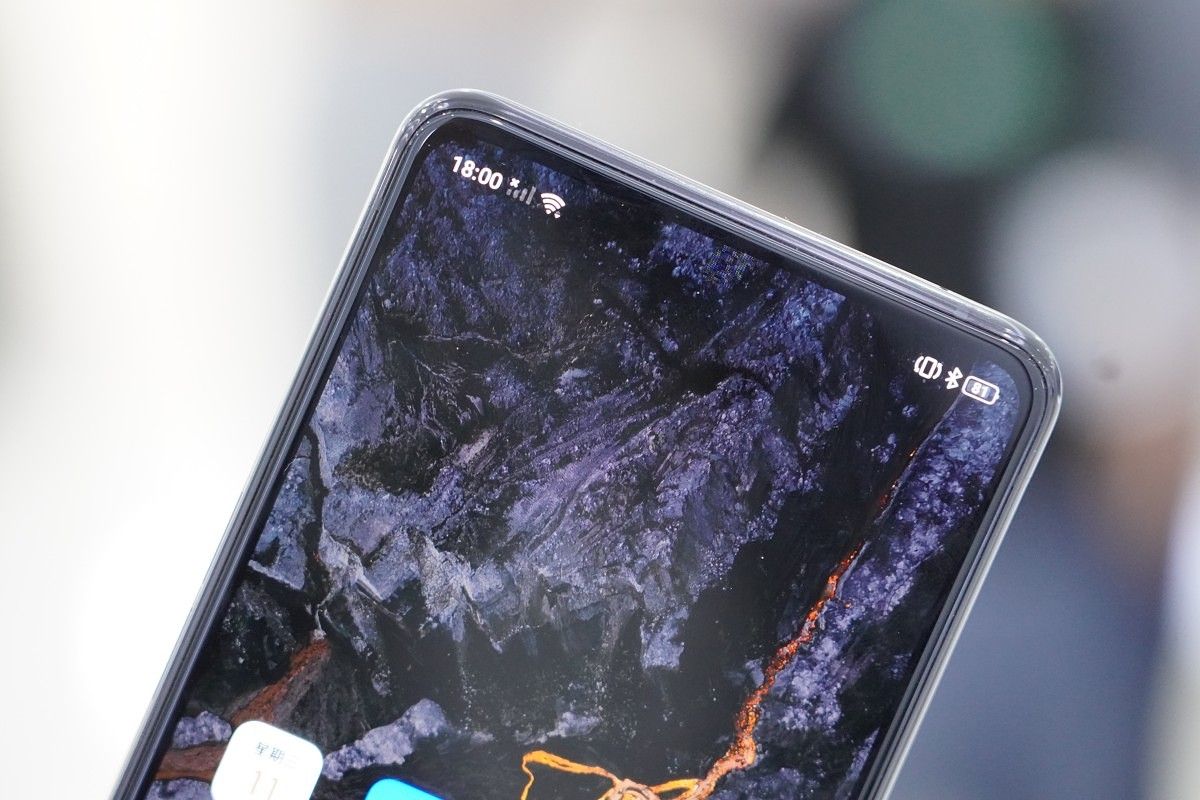Since the time the first phones with notched displays appeared on the market, it has been clear that full-screen displays are the ultimate goal. At first, smartphones in the first half of 2018 went with a wide display notch like the iPhone X. Then the trend was to move to a smaller V-shaped or U-shaped notch, which was ubiquitously referred to as the "waterdrop notch". At the end of 2018 and at the beginning of 2019, we saw the first phones with hole-punch cameras arrive in the market. Hole punch cameras are similar to cameras placed in waterdrop notches in terms of the amount of space occupied, and they were a necessary distraction. Until now, the only way to achieve a true full-screen display is to go with mechanical parts. This was first pioneered by the Vivo NEX with a pop-up camera, a technique that was adopted by several major vendors in 2019. A motorized automatic slide-up mechanism was used only by the OPPO Find X, and the final technique of having a mechanical, magnetic slider was only used in two phones (including the Xiaomi Mi Mix 3) in 2018 before it lost steam. In 2020, even the popup camera is losing momentum in favor of the hole punch camera, as device makers focus on the negative weight, space, and thickness constraints of having a popup camera instead of a hole punch or a waterdrop notch. Going with a hole punch instead of a popup camera enables certified water resistance, for example.
The ultimate goal, therefore, is clear. The industry must achieve the full-screen display without using mechanical parts. Theoretically, this would involve using an under-screen camera, which would move the camera beneath the display. This was achieved successfully with other components such as the proximity and ambient light sensors, but it's difficult to achieve with a front camera. How difficult? Xiaomi and OPPO separately demoed their under-screen camera technologies in June 2019. At that time, and even now, it seems the best of both worlds. However, the technology doesn't seem to be making its way to shipping phones anytime soon. Hole punches will be the preferred way of handling front cameras this year. Now, Xiaomi's VP Lu Weibing has explained on Weibo why under-screen cameras are not ready yet, and why it will take more time for it to get mature.
OPPO is one of two companies that have publicly demonstrated under-screen camera technology. Above are images of OPPO's prototype smartphone with an under-screen camera.
Mr. Weibing refers to it as CUP - "Camera under Panel" on phones. This will achieve a true full-screen display without sacrificing space, but the current technology implementation has many difficulties. The crux of the matter is that the display's PPI and the transmittance are in conflict with each other.
The current pixel density (measured in pixels per inch - PPI) of Xiaomi's phones is 400 PPI. The high pixel density means that the light transmittance in the camera is very low, which has a serious effect on the image quality. If the PPI is lowered and the light transmittance is increased, Mr. Weibing notes that there will be a large gap between the PPI in the display area and the PPI of the entire screen. This will cause phenomena such as color patches in the display area.
Camera samples from OPPO's prototype smartphone with an under-screen camera.
Right now, it is impossible to find an effective solution that takes into account both display effects and camera effects with current technical capabilities, according to Mr. Weibing. He states that although Xiaomi released the CUP-based DEMON technology in 2019, the company is "far from achieving mass production". He concludes on an optimistic note by saying that the entire industry is working hard to overcome this issue.
While OPPO hasn't stated on whether its own under-screen camera solutions face the same technical issues, the underlying physics is the same. This means we definitely won't see a phone with an under-screen camera this year, and it's unlikely that the issues will be solved in 2021. Until then, the debate of hole punches and waterdrop notches versus popup cameras will go on.

